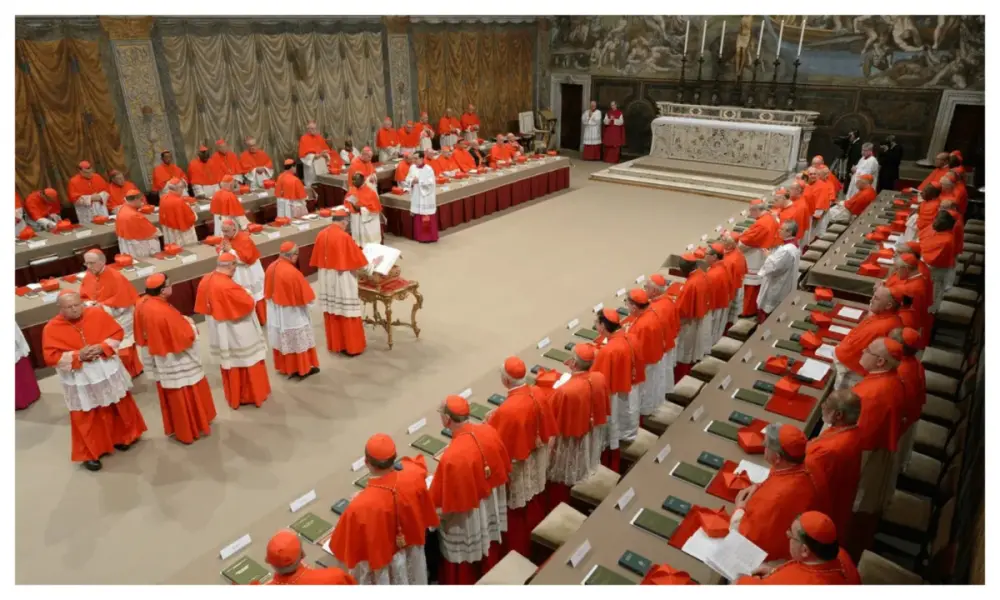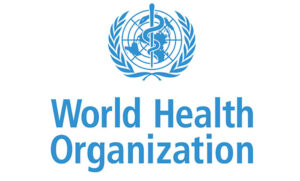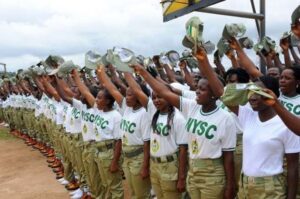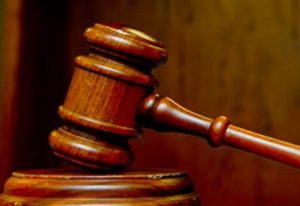
As the Catholic Church prepares to elect a new Pope, officials and auxiliary staff involved in the highly secretive Conclave have formally sworn an oath of secrecy, underscoring the solemnity and integrity of the papal election process.
The ceremony, held on Monday, May 5, at 5:30 p.m. in the Pauline Chapel of the Apostolic Palace, was conducted in accordance with Universi Dominici Gregis—the apostolic constitution promulgated by Pope John Paul II in 1996 to govern papal elections.
Cardinal Kevin Joseph Farrell, Camerlengo of the Holy Roman Church, administered the oath in the presence of two apostolic protonotaries who acted as witnesses. The oath binds each participant—clergy and laity alike—to strict confidentiality, under penalty of automatic excommunication (latae sententiae) reserved to the Apostolic See.
“The individuals took the oath after being instructed on its significance, personally pronouncing and signing the prescribed formula,” the Vatican said in an official statement.
Among those who took the oath are a wide range of personnel: the Secretary of the College of Cardinals, the Master of Pontifical Liturgical Celebrations, papal masters of ceremonies, confessors, medical staff, elevator operators, caterers, cleaners, florists, technical support staff, and members of the Swiss Guard assigned to Conclave security.
Also included are staff responsible for transporting electors from Casa Santa Marta to the Apostolic Palace, as well as the Director of Vatican Security Services and his collaborators.
The oath forbids the use of any audio-visual recording devices and mandates absolute secrecy regarding all matters related to the election, including voting procedures, deliberations, and scrutiny. This obligation remains binding even after the Conclave concludes, unless explicitly released by the newly elected Pope or his successors.
This tradition of secrecy reflects the Church’s deep commitment to ensuring that the papal election remains free from external influence and internal breaches of confidentiality.
On Tuesday, the cardinal electors began moving into their temporary Vatican accommodations ahead of the Conclave’s formal commencement.
A total of 133 cardinal electors are expected to enter the Sistine Chapel on Wednesday, where they will begin the process of selecting the 267th successor to Saint Peter. The election could be resolved within hours, days, or potentially stretch into weeks or months, depending on the consensus.
The Conclave follows the passing of Pope Francis on April 21. The late pontiff, who died following a stroke, coma, and heart failure, was laid to rest at the Basilica of Santa Maria Maggiore on April 26.







